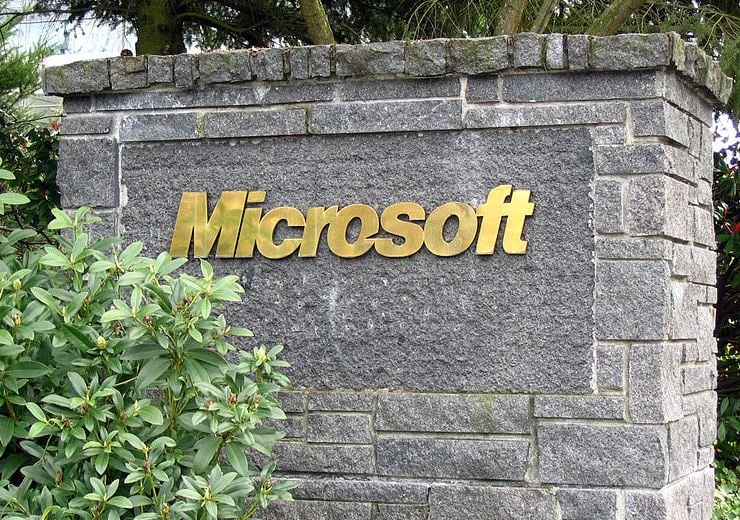Microsoft Corp. (NASDAQ: MSFT) has filed with the U.S. Securities and Exchange Commission (SEC) to raise additional capital. Rather than selling shares, the company has filed for a debt offering. The amount of capital being raised was unknown as of mid-morning on Monday, but we later confirmed that it was $10.75 billion. The reason for the offering is effectively to help fund share buybacks. Source: Wikimedia Commons
Source: Wikimedia Commons
This article has been updated to show the offerings and amounts.
Under Use of Proceeds, Microsoft’s SEC filing stated:
The net proceeds from the sale of the notes will be used for general corporate purposes, which may include, among other things, funding for working capital, capital expenditures, repurchases of our capital stock, acquisitions and repayment of our existing debt.
Microsoft already has about $20 billion in outstanding debt. Its existing maturity dates range from 2015 to 2043. UPDATE — Here is a schedule of the maturities and coupons. Please note that one such offering was for 40 years, with only a 4% borrowing cost on the coupon.
- $1.50 billion of 1.850 percent notes due Feb. 12, 2020
- $1.50 billion of 2.375 percent notes due Feb. 12, 2022
- $2.25 billion of 2.700 percent notes due Feb. 12, 2025
- $1.50 billion of 3.500 percent notes due Feb. 12, 2035
- $1.75 billion of 3.750 percent notes due Feb. 12, 2045
- $2.25 billion of 4.000 percent notes due Feb. 12, 2055
Both Standard & Poor’s and Moody’s have keyed in on the offering. Both are assigning the equivalent of AAA ratings to the notes and bonds. Moody’s stated that Microsoft said recently that it plans to complete the remaining $31 billion in share buybacks (of its $40 billion plan still in effect) by the end of December 2016.
ALSO READ: Companies Cutting the Most Jobs
The main point raised was by Moody’s: Only $8.1 billion or so of Microsoft’s total liquidity is maintained domestically. That means that the software and tech giant’s buybacks could be constrained unless incremental debt is raised. Moody’s also said that it sees Microsoft’s Enterprise Software contributing to about $36 billion in cash flow from operations over the next year.
Microsoft’s most recent earnings report from January showed that the total liquidity from cash, cash equivalents and short-term investments was $90.249 billion. That was up from $85.709 billion a year earlier. Needless to say, having only $8.1 billion housed in the United States sure distorts that $90 billion figure.
The SEC filing indicated that debt offerings would be sold by Barclays, Citigroup, Bank of America Merrill Lynch, Goldman Sachs, HSBC, J.P. Morgan, RBS and Wells Fargo.
Please note that the filing states that the notes will not be listed on any securities exchange. Microsoft also expects to deliver the notes to investors through the book-entry delivery system of the Depository Trust Company and its direct participants, including Clearstream Banking and Euroclear Bank.
ALSO READ: The Bull and Bear Case for Microsoft in 2015
Take This Retirement Quiz To Get Matched With A Financial Advisor (Sponsored)
Take the quiz below to get matched with a financial advisor today.
Each advisor has been vetted by SmartAsset and is held to a fiduciary standard to act in your best interests.
Here’s how it works:
1. Answer SmartAsset advisor match quiz
2. Review your pre-screened matches at your leisure. Check out the
advisors’ profiles.
3. Speak with advisors at no cost to you. Have an introductory call on the phone or introduction in person and choose whom to work with in the future
Take the retirement quiz right here.
Thank you for reading! Have some feedback for us?
Contact the 24/7 Wall St. editorial team.



